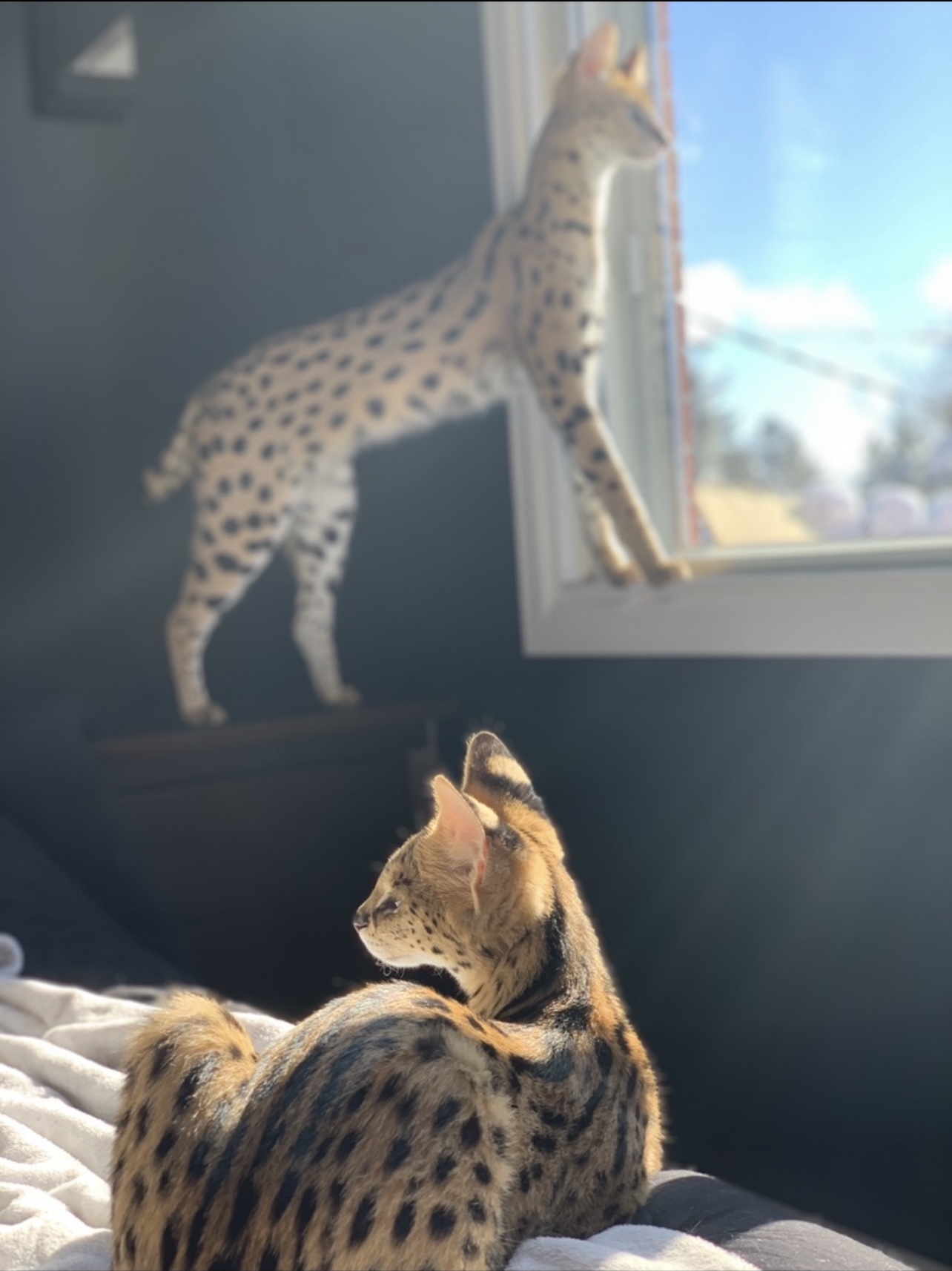What is a Serval?
A brief overview of the Serval Cat
Sleek, spotted, and stealthy, the serval cat stands as a mesmerizing embodiment of wild beauty. Native to the expansive grasslands and savannahs of Africa, these medium-sized felines have captivated both wildlife enthusiasts and those seeking unique, exotic pets. It is the fifth largest cat in Africa and displays a unique beauty.
But what exactly sets the serval cat apart?

Why are they so intriguing?

Physical Characteristics
The serval cat boasts a distinct appearance that immediately catches the eye. Its slender, elongated body is supported by long legs, providing an unmistakable grace as it navigates its natural habitat. Standing between 20 and 26 inches at the shoulder and weighing anywhere from 20 to 40 pounds, this cat exudes a lithe elegance.
Coat and Markings
What truly defines the serval’s aesthetic appeal is its striking coat. Covered in vibrant golden-yellow fur adorned with bold black and white spots and stripes, these coats provide effective camouflage among the tall grasses they inhabit. This pattern of spots and stripes is not just for show—it serves as nature’s artwork, aiding in their stealthy approach while hunting.
Ears and Facial Features
One of the most striking features of the serval cat is its disproportionately large ears, which can grow up to 6 inches in length. These oversized ears are not merely an aesthetic quirk; they play a crucial role in their hunting success. Their exceptional hearing allows them to detect the faintest rustle of prey, enabling precise and efficient strikes. Complemented by keen eyesight and sharp retractable claws, servals are finely tuned predators within their ecosystems.
Where are Serval cats typically found in the wild?
Serval cats are initially from Africa.
Savannah cats are found throughout Africa wherever there is nearby water. They prefer to inhabit semi-arid areas and cork oak forests near the Mediterranean Sea. They avoid rainforests and arid regions.
Behavior & Lifestyle
Serval cats are solitary animals. They prefer long walks, which can be up to 4 kilometers (2.5 miles) per night. They will find other serval cats only during the mating season, and only the mother stays with the cubs until they are about one year old.
Hunting habits
The Serval cat is a carnivore that prefers rodents like rats, small birds, frogs, hares, and reptiles. Like domestic cats, it likes chewing on grass, which acts as an emetic and facilitates digestion. Its big ears aren’t there as a decoration, and its prey stand no chance when they enter a Serval cat’s radar. The Serval cat can jump up to 13 feet (4m) in the air and attack with its front paws.
Reproduction
Males and females of the serval species become sexually mature between the ages of one and two. In the wild, when a female enters oestrus, the rate of urine-marking increases for both her and the males nearby.

Things to know when adopting a Serval cat
Diet:
The best way to feed your serval cat is to mimic their wild diet and provide a similar menu. Small whole prey can be costly, but we recommend quail, hare or rabbit, mice, rats, chicks and chicken.
Health Care:
They are not cats or dogs and would need to be treated accordingly; please make sure your veterinarian has researched serval and exotics before doing any procedure with sedation, anesthesia or painkillers.
Litter box:
We train our cubs to use the litter box and we use pine pellets as litter. We always recommend having two boxes and training pads.
Housing:
A completely secure and expansive environment is essential for your serval. The facility should feature both an indoor and an outdoor fenced area, equipped with trees and plants for natural shade and climbing opportunities. It is important to provide fresh running water at all times, so including a pond is a good idea.
Before committing to a serval, you need to do your homework and engage in plenty of reading and research. Servals are not lap cats; they eat a lot and require significant time for their continual socialization and quality interaction. If you work a 9-to-5 job , a serval is likely a poor choice for both of you.

Thank you!